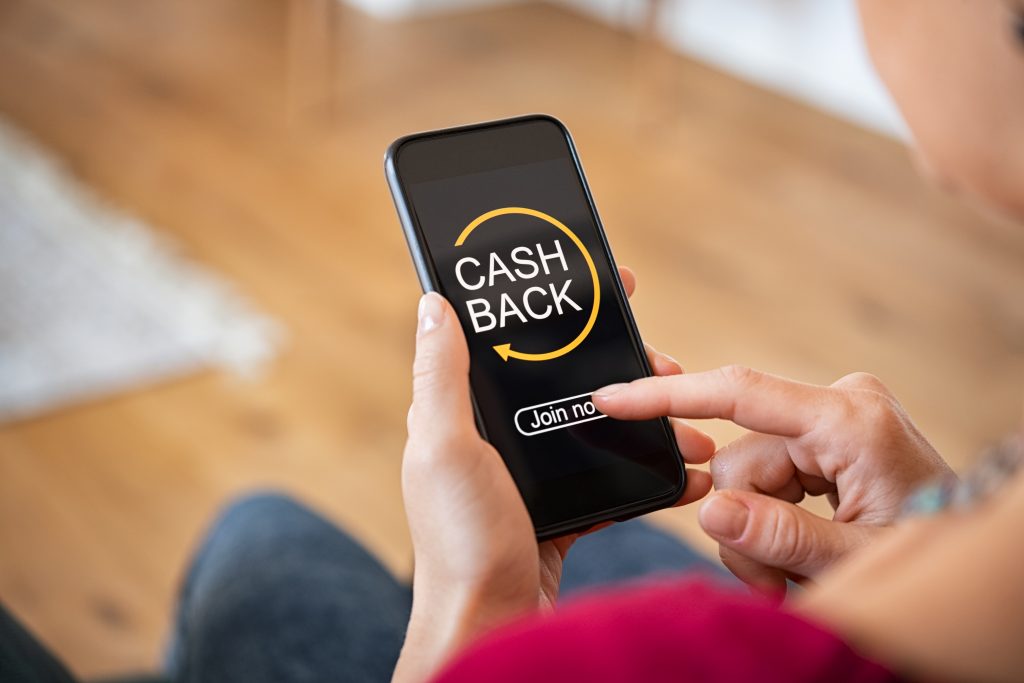Medicare prides itself as one of the best and most affordable healthcare options for seniors. Even better, you can always save money depending on the type of Medicare plan you choose.
If you are enrolled in Medicare Advantage, you may be eligible for Medicare Part B giveback benefit. If you qualify for the giveback, you may see a slightly higher amount on your Social Security check, depending on your Part B monthly premium payment method.
With Medicare Part B premiums rising to $170.10 in 2022, this is definitely one of the ways you can take advantage of to lower your premiums and save money on your Medicare costs. So, what is Medicare part B giveback benefit, and who is eligible for it?
Read on to find out everything you need to know.
What Is Medicare Part B Giveback Benefit?
The Medicare Part B premium giveback is a simple program to help Medicare beneficiaries receive some money back on their Part B premium. The program is designed explicitly for Medicare Advantage plans offered by private insurance companies approved by the Centers for Medicare & Medicaid Services (CMS).
All Medicare Advantage plans have a Medicare Part B premium but offer additional coverage on top of what Original Medicare offers. In 2021, the standard Medicare Part Premium is $148.50, but that figure is set to rise to $170.10 in 2022. Most beneficiaries have this premium taken directly out of their Social Security check every month.
That is why insurance companies that offer Medicare Advantage plans have notified CMS and Social Security Administration of their intention to cover all or a portion of the Part B premium for their clients. The move is seen as a way of increasing the affordability of these plans making them even more enticing to potential beneficiaries than Original Medicare.
How Does Medicare Part B Giveback Benefit Work?
Once you are enrolled in a Medicare Part C plan with a premium giveback feature, you will be eligible to receive the giveback amount each month in your Social Security check.
However, the amount you receive as giveback depends on the specifics of the Medicare Advantage plan you are enrolled in. The amount can range from as low as $10 to as high as your entire monthly premium.

For instance, let us assume you are enrolled in a Medicare Part C plan with a Part B premium giveback of $100 and your monthly Social Security checks are $1,400. Once your giveback benefit kicks in, you should expect to receive Social security checks with a new total of $1,500 each month.
But you need to keep in mind that it may take a few weeks or months after your Medicare Advantage plan kicks off to receive your Medicare Part B giveback benefit. The first check will include back pay for all the months you missed since your coverage started.
Who Is Eligible for Medicare Part B Premium Giveback Benefit?
It is crucial to note that not everyone is eligible for the giveback benefit. Two critical factors will determine whether or not you qualify for the giveback.
The first is how you currently pay for your Medicare Part B premium. To qualify for the giveback, you need to pay for your Part B premium on your own. It means that if you are receiving any form of assistance from Medicaid or other programs such as Medicare Savings Plans, you do not qualify for the giveback benefit.
The upside is that you are not eligible for the giveback because you are already receiving some form of help paying your Medicare Part B premium.

The second factor determining whether you qualify for the giveback is your location. Not every Medicare Advantage plan offers the giveback benefit, and not every area has plans that provide the benefit.
So, everything here is dependent on your ZIP code and the array of plans offered. The good news is that most ZIP codes have at least one plan with a Medicare Part B giveback benefit. It is so rare to find an area without any of these plans.
So, as long as you are enrolled in Medicare and pay your own Medicare Part B premium, there is a good chance you can find at least one Medicare Advantage plan featuring the giveback.
What Is the Difference between a Zero-Premium Medicare Plan and Medicare Advantage Giveback Plan?
The zero-premium Medicare plan is different from the giveback benefit because, with the zero-premium plan, you don’t pay a separate premium to your insurance company in addition to your Part B premium.
However, your Part B premium stays the same, and you must continue to pay it every month.
With a Medicare Part B giveback benefit, your insurance company actually pays a portion of your entire Part B premium. So, it means that your Part B premium goes down by the giveback amount, and if you are lucky enough, everything is paid by the insurer.
Does the Plan Send Me a Check?
Unfortunately, your plan provider won’t send you a check for the benefit. This is only a reduction in your Part B premium that will reflect in your Social Security check.
Typically, if you are enrolled in Medicare and Social Security, your Part B premium usually comes out of your monthly benefit before it hits your bank account.
In this case, a reduction in your Part B premium means more money will be sent to your bank account. So, you should expect to see an increase in the amount on your Social Security check if you qualify for the benefit.
Is There an Income Requirement for the Giveback Plans?
No, there aren’t any income requirements for plans that offer the Medicare Part B giveback benefit. Anyone eligible to enroll in Medicare Part C can purchase a giveback plan sold in their local area.
The only condition is that you must be paying your own Part B premium to be eligible. If you are getting any form of assistance from Medicaid or any other place, you won’t qualify for the giveback.
What Else Should I Watch for with Part B Giveback Benefit Plans?
It is always good to take time and compare all costs against the benefits of every Medicare Advantage plan before you enroll. Think of the Part B premium reduction as just another benefit available with Medicare Part C plans.
Keep in mind that before the insurance company decides which benefits to offer beneficiaries, it weighs the costs and makes tough choices. So, an insurance company can easily drop one of the other benefits, such as routine dental care to offer premium reduction as a benefit.

Therefore, before you sign up to any plan just because they have mentioned the giveback benefit, evaluate the other benefits offered and see if it is worth it. Also, remember that these plans aren’t available in every ZIP code, and not every Medicare Advantage provider offers them.
These plans are currently available in slightly over 2,800 counties across the country. So, if you don’t have access to one now, don’t give up yet. Soon, you will have access to one.
Final Thought
While the Medicare Part B giveback benefit is enticing for people looking for budget-friendly Medicare Advantage plans, it shouldn’t be the only factor you consider while choosing a plan. Your health requirements should always come first.
Take time to compare all the options at your disposal to ensure you are receiving the best coverage possible. Still, have questions about the Part B premium reduction plans?
Contact us today to speak to one of our agents, who will guide you further and help you find plans that offer the giveback in your area.

1 thought on “Medicare Part B Giveback Benefit: What Is It and Who Is Eligible?”
Pingback: cleocin buy online
Comments are closed.